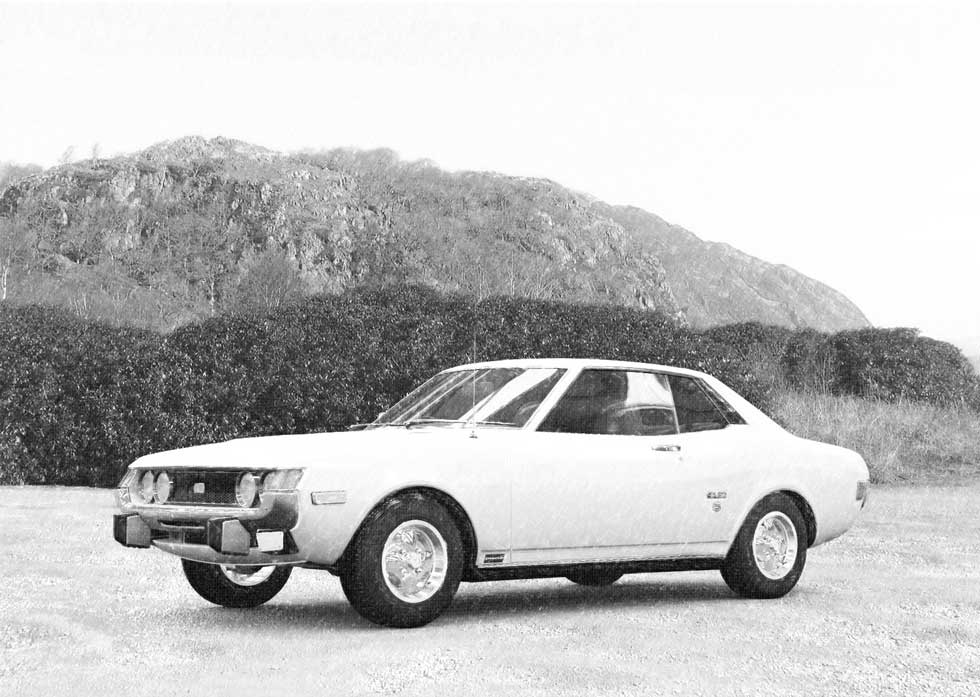Celica

The Celica, first launched in 1970, went through seven generations of development and a baffling number of alterations to engines and layouts for 36 years, before being dropped in 2006, just as it was being assumed that the name would go on forever.
This was Toyota's much loved sports coupe, which was exported all over the world and had an enthusiastic following. The name came from, not Japanese, but Latin; the term 'Coelica' that it is derived from is the feminine version of 'celestial'. A sort of goddess of the night.
Like a typical Latin goddess this car seemed able to change itself at will. It began, with the first edition, as a two door hardtop notchback coupe; the term 'notchback' means the boot area was quite small in comparison to the bonnet and passenger compartments. there was then a liftback version; this is like a hatchback but much more angled to the horizontal, so that it is lifted upwards rather than outwards. This keeps a more streamlined appearance. There were, however, all sorts of updates and engine options.
The second generation, introduced in 1977, was aimed unashamedly at the American market; in fact it was claimed to have been designed in California, with a famous child actor called David Stollery, who appeared in numerous American TV programmes and Disney films, as a major part of the design team.
Again there were many changes before the third generation came along. By 1984 this was being manufactured in the USA as well as Japan.
The third generation saw the introduction of the first turbo, which was built in Japan for the local market only, and which formed the basic car for Toyota's rally cars.
The fourth generation was, in truth, a completely different car even though it still carried the same name. This was now a front wheel drive car with a restyled flowing body and a new two litre four cylinder engine.
The fifth generation (are you still with me?) of 1989 had a more rounded styling with, again, numerous alterations and in 1993 the sixth generation arrived with a distinctive double circular headlamp style.
The seventh and final generation was aimed more at younger buyers in the United States of America; fuel economy was improved, the car was made lighter and the cost lowered.
By 2005, exports of the Celica ended and the following year the last one was produced. By this time this chameleon of a car had changed so much so often that most people couldn't even remember how it'd first begun.